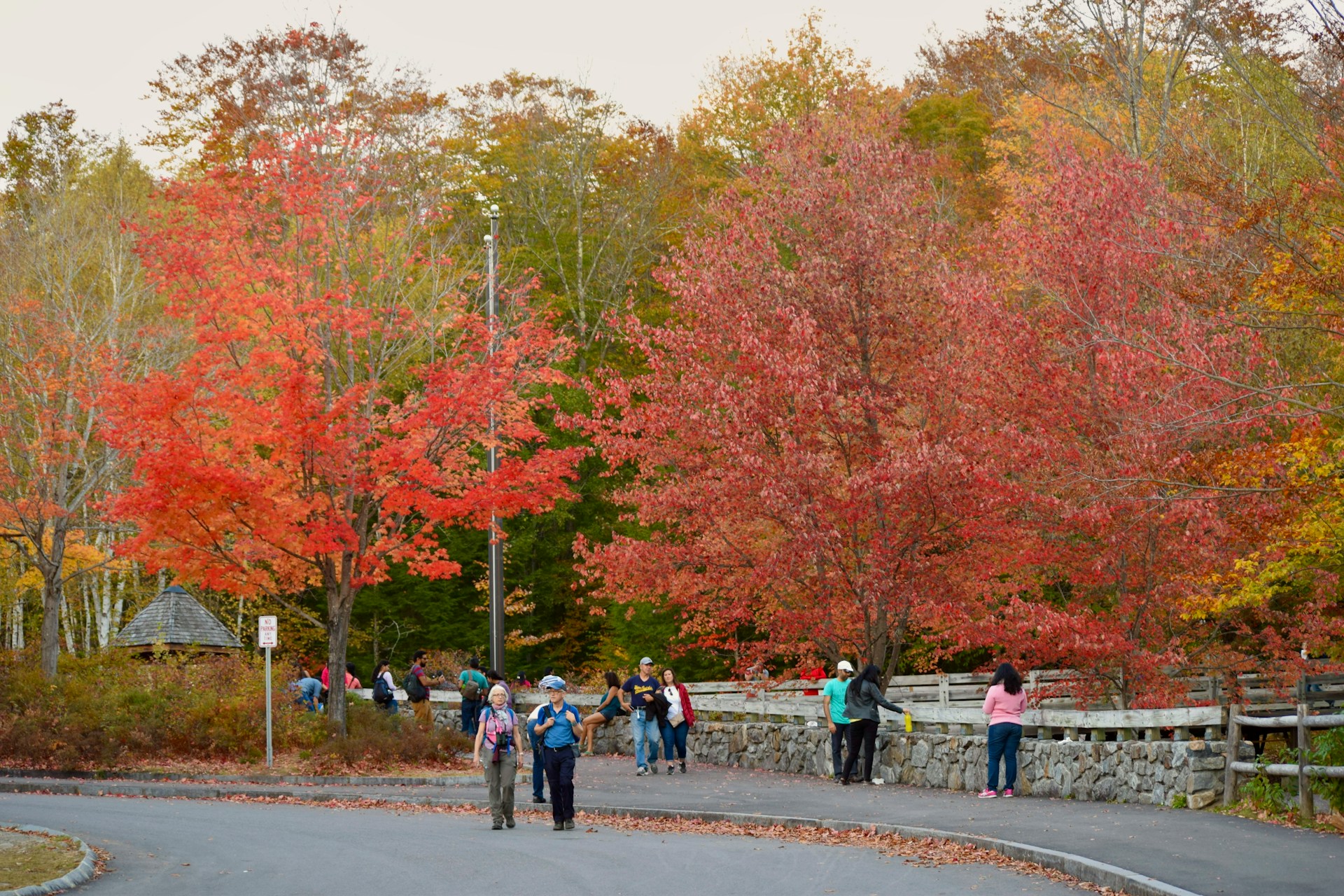I. Introduction
Hummingbirds are not only beautiful creatures to observe, but also crucial pollinators in our ecosystem. These tiny birds play a significant role in the fertilization of flowers, thanks to their feeding habits. To remain within the reach of hobbyist nature enthusiasts and support the rich biodiversity in New Hampshire, this paper presents fast-growing flowers ideally suited for attracting hummingbirds to your garden.
Before diving into our choice of plants, it’s important to understand the concept of USDA hardiness zones as a classification for plant vitality under specific geographical and climatic conditions. In New Hampshire, you will encounter several zones including 3b, 4a, 4b, 5a, 5b, 6a, and 6b. These zones reflect the extremity of winter temperatures, guiding gardeners in choosing plants more likely to thrive in their area.
II. Climate and Growing Conditions in New Hampshire
New Hampshire is known for its extreme cold winters, with temperatures dropping as low as -35 degrees Fahrenheit in some parts of the state. The climate varies significantly between the northern and southern parts of the state and factors like altitude and proximity to water bodies play a crucial role in these variations. Based on these factors, New Hampshire is divided into different USDA hardiness zones.
Understanding these zones is critical for successful flower gardening. The varying temperature ranges across zones influence the types of flowers that can thrive in each area, with certain plants better suited to colder zones while others flourish under milder conditions.
III. Fast-Growing Flowers to Attract Hummingbirds
When selecting flowers to attract hummingbirds in New Hampshire, certain criteria are critical: a fast growth rate, suitability for the local hardiness zones, native availability, and, of course, attractiveness to hummingbirds. Here are some top recommendations:
- Eastern Red Columbine (Aquilegia canadensis): Native to open woodlands, clearings, and rocky slopes, the Eastern Red Columbine is a perfect choice for attracting ruby-throated hummingbirds, which are common in New Hampshire. Accommodating to various light conditions and soil types, ensuring they are well-drained, their red nectar-bearing spurs serve as lovely beacons for hummingbirds.
- Bee Balm (Monarda didyma): Recognizable for its stunning looks and fragrant leaves, Bee Balm thrives in sunny and moist conditions. Its colorful flowers not only attract hummingbirds but also butterflies and bees.
- Cardinal Flower (Lobelia cardinalis): Cardinal Flower, glowing with bright red flowers, creates an attractive habitat for hummingbirds. It prefers moist, well-drained soils and partial to full sun exposure.
- Trumpet Vine (Campsis radicans): Known as the “hummingbird vine,” the Trumpet Vine thrives in full to partial sun and less nutrient-dense soils. While an exceptional choice for attracting hummingbirds, take note of its vigorous growth, as it can become invasive if not controlled properly.
For readers based in Southern New Hampshire (zones 5b to 6b), consider adding Butterfly Bush (Buddleja davidii) and Asters (Aster spp.) to your hummingbird garden. These flowers are well-suited to warmer zones of the state.
IV. Additional Flower Options for Longer-Term Projects
If you’re interested in a longer-term project, consider the following options. Though they may take more time to establish, their benefits for the local ecosystem can be tremendous.
- Wild Geranium (Geranium maculatum): Highly attractive to both hummingbirds and butterflies, it prefers moist, well-drained soils and takes about 3 years to establish fully.
- Trillium Species (Trillium spp.): This shade-tolerant plant can be an exquisite addition to your hummingbird garden, flowering in the spring and early summer. Despite its longer establishment period, it is worth the wait.
- Shasta Daisy (Leucanthemum × superbum): Resistant to deer and attractive to butterflies, hummingbirds, and other pollinators, Shasta Daisy is a fitting choice. Even though it doesn’t bloom until 2-3 years after planting, its cheerful flowers make it a long-term investment worth considering.
V. Practical Guidelines for Gardeners
When planting these hummingbird magnets, choosing the best planting times and giving proper care are indispensable for success. Spring or early fall is generally the optimal planting season. Ensure adequate sunlight exposure, appropriate water supply, and regular pruning for healthy growth.
While single-species gardens can be aesthetically pleasing, supplementing them with additional plant species can enhance their visual appeal and provide supplementary resources for various pollinators. Combining flowers also promotes biodiversity and contributes to balanced garden ecosystems.
Although all the flowers mentioned above carry great benefits, some like the Trumpet Vine can potentially be invasive and require careful management to prevent overgrowth. Consulting local horticulturists or visiting local nurseries are reliable sources for further assistance on these matters.
VI. Conclusion
Indeed, creating a hummingbird-attracting garden in New Hampshire requires both creative selection of flowers and attentive care to the traits specific to the local climate and ecosystem. By making informed choices, you can contribute to local biodiversity while enjoying the delightful presence of hummingbirds.
The environmental stewardship inherent in maintaining such a garden is a difference everyone can make right in their backyard. So let’s get started and make our outdoor spaces welcoming havens for hummingbirds and other pollinators!

